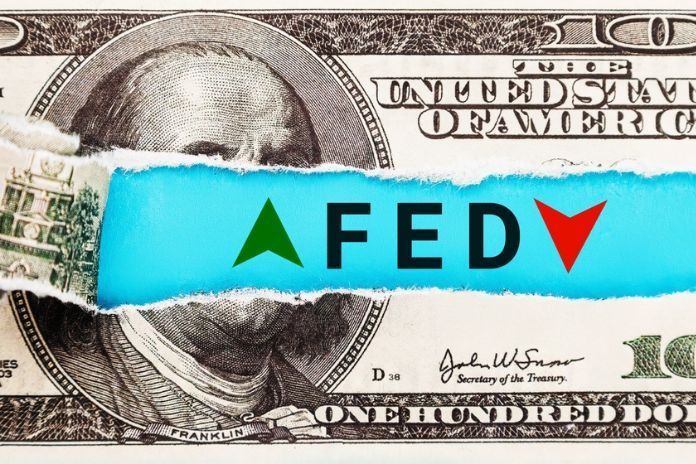Analysis: Here's When the Housing Market Will Be More Affordable
(MoneyforAgents.com) – According to data from the U.S. Bureau of Labor Statistics, inflation increased in January but did so more slowly than anticipated. This led analysts to speculate that the Federal Reserve would take longer to reduce borrowing prices.
In January, the Consumer Price Index (CPI) saw an increase in inflation of 3.1 percent, marginally less than the 3.4 percent increase in the previous month.
However, the CPI for January exceeded economists' expectations. They had calculated that it would be 2.9 percent.
Given that inflation does not appear to be waning as quickly as expected, experts advise against the central bank cutting interest rates immediately since this could hurt the price of house loans.
Mortgage borrowing costs increased to 8% in March 2022, the most since the year 2000, partly due to rate increases that started that month.
Although mortgage rates have dropped in recent weeks to a range of mid-6 percent, housing analysts warn that rising inflation above the regulators' 2 percent objective could halt the rate decline.
Chief realtor.com economist Danielle Hale wrote in a note, "For the housing market, today's data means that mortgage rates are likely to hang on to the narrow range they've occupied since late December while moving toward the upper end of that range."
At the beginning of the year, some investors predicted that the Fed would start cutting the funds rate from its current two-decade-high range of 5.25 to 5.5 percent as early as March.
However, officials stated in January that although they had most certainly reached the end of their cycle of rate increases, an instant reduction in rates was improbable.
Just as in December, housing prices continued to be the biggest driver of inflation in January, increasing by 0.6 percent and "contributing over two thirds of the monthly all items increase," according to the Bureau of Labor Statistics.
Experts currently predict that rates may fall later, after the January reading.
The National Association of Realtors' chief economist, Lawrence Yun, told Newsweek in a statement that "the Federal Reserve will not cut interest rates in the first half of this year."
However, in the year's second half, rate reductions of three, four, or even five rounds will be feasible. Weekly mortgage rates will fluctuate, but by year's end, they'll stabilize around 6%.
Some observers stated that the inflation data validates the Fed's cautious stance of holding off on making changes to policy until they are sure that prices are heading lower toward their target.
The Fed has been emphasizing that more data, particularly inflation-related data, will be needed before making a policy change, according to a study that LPL Financial chief global strategist Quincy Krosby shared with Newsweek.
"The 'last mile'—as expected—is proving to be stickier and more stubborn," he added.
Because of the high prices, some economists believe that the Fed might start reducing rates as early as the summer, when more inflation data becomes available to paint a more complete picture of how prices are performing.
"This report underscores the Fed's messaging that they'll need more information, specifically inflation-related data, before a policy transition," Quincy Krosby, chief global strategist for LPL Financial, said in a note shared with Newsweek. "The 'last mile'—as expected—is proving to be stickier and more stubborn."
In addition, Sweet said that the Fed's officials are more focused on the PCE inflation index, which has been declining more quickly than the CPI. Later this month, the most recent data for that metric is expected to be released.
Regarding the Fed's potential timing of rate cuts, late spring or early summer is the most likely time frame for borrowing costs to decline across the economy.
Mortgage rates may drop in tandem with the Fed's expected rate reduction, which would assist purchasers in experiencing a decrease in their monthly payments.
"Fed policymakers will likely put this inflation report [in] the 'not so good' column as they continue to exercise caution in assessing when to start easing policy," Gregory Daco, chief economist at EY, said.
"Our longstanding view has been that the Fed would start cutting rates in May, but this report increases the odds of a June onset. We still expect a total of 100 [basis points] of rate cuts this year. Markets appear to slowly be aligning to this view," Daco added.
New ParagraphCopyright 2024. MoneyforAgents.com
Money for Agents lets you stop guessing when you get paid and take control of your cash flow. Create an account now and get your commission advance within 2 days or less (often the same day)!










